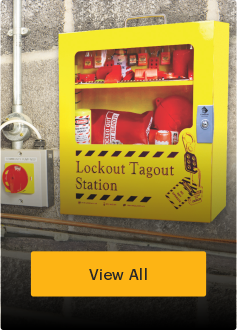10 Key Mistakes to Avoid When Developing Effective Lockout Procedures
Spread the loveLockout procedures are the first line of defence against accidental energy releases during maintenance and repair activities, protecting both lives and machinery. However, developing these procedures is complex, and even small oversights can lead to unsafe conditions and non-compliance with regulations. Here, we have identified the 10 most common mistakes to avoid. 1- […]



























































































